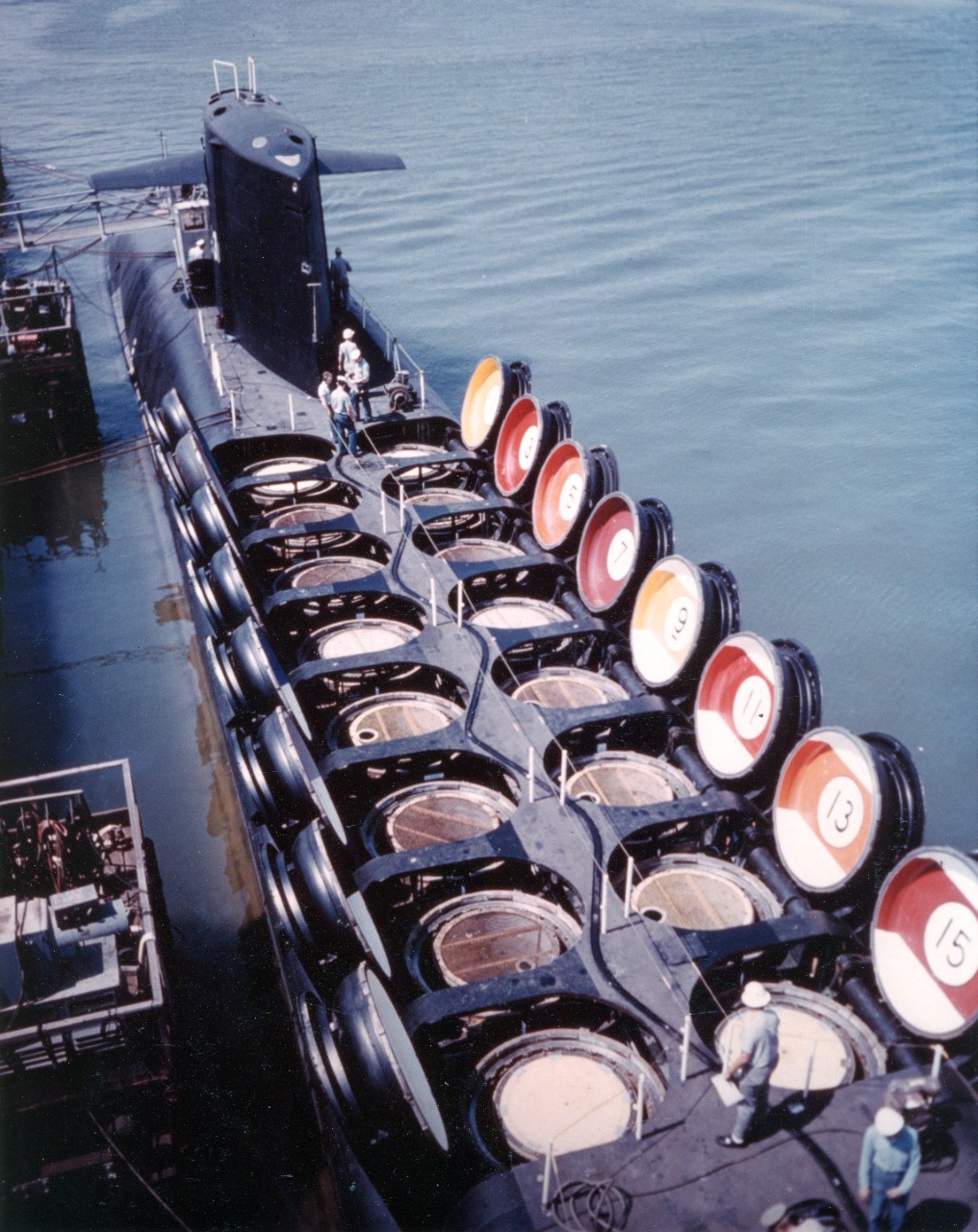On September 8th, 1923, seven American destroyers ran aground at Honda Point, on the coast of California. It was a foggy night, and the crew of the lead destroyer, Delphy, had gotten confused and thought they were further south than they actually were before turning for the Santa Barbara Channel. And a number of the following destroyers, in line at high speed, followed her onto the rocks. Their crews responded magnificently, and the men from four of the ships - Delphy, S. P. Lee, Young and Chauncey - had managed to get ashore, while a fifth, Nicholas, was in a position where the crew couldn't reach shore safely, and would have to wait out the night. The men who had made it ashore got help from the nearby railroad Section House, and aid was summoned from nearby towns.

Woodbury and Fuller aground
Unbeknownst to them, two more ships, Woodbury and Fuller, had struck rocks 300 yards offshore, although fortunately the rock that Woodbury had struck was about 25' high and big enough to shelter the crew until help could arrive. A few men had jumped across to it when the ship first struck, although unsuccessful attempts to back Woodbury off had widened the gap somewhat. A line was quickly passed, and the crew evacuated hand-over-hand despite the attempts of the ship's roll to snap the ropes. A survivor from Young was discovered in the water alongside and fished out, while the Captain had the presence of mind to order food, water and fuel be transferred to the rock, allowing the crew to stay in reasonable comfort. Another stroke of fortune was the presence of DesDiv 33's medical officer aboard Woodbury, although he had few patients to deal with. Read more...







Recent Comments